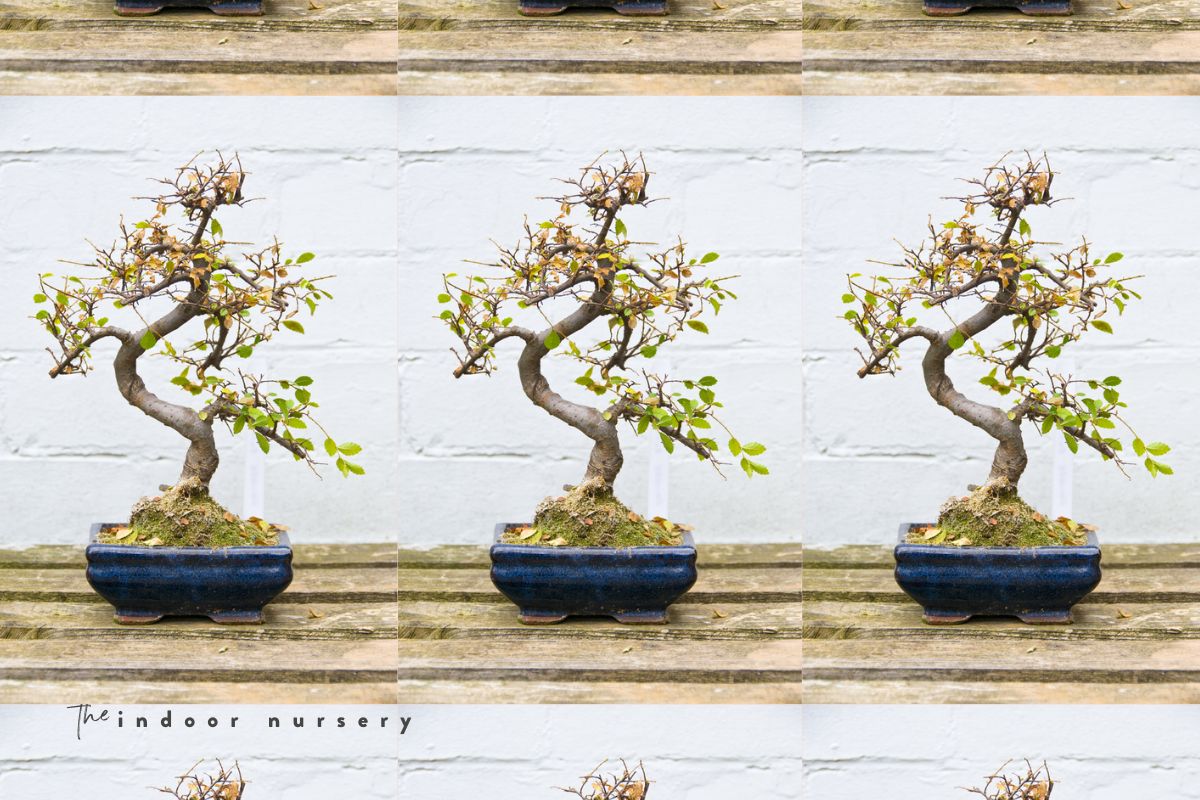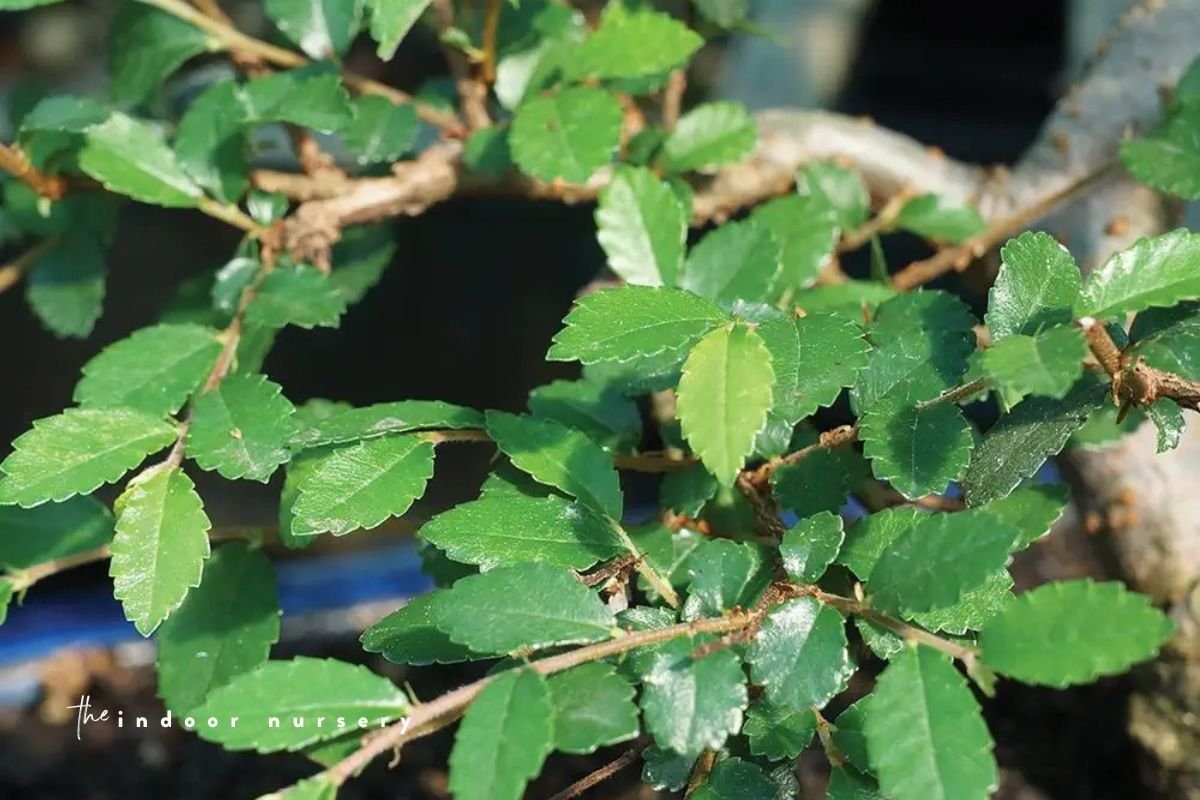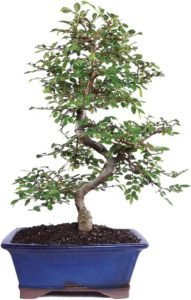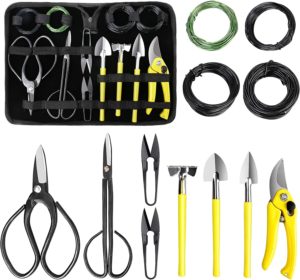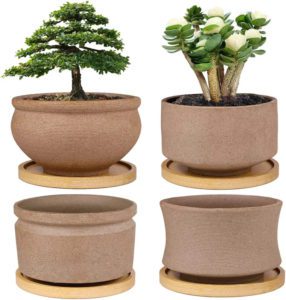The Chinese Elm Bonsai is relatively hardy and adaptable, so it is an ideal option for beginners. These bonsai trees may also produce small oval shaped toothed leaves, as well as twiggy branches that are quite easy to train. This makes Chinese Elm bonsai trees one of the most popular bonsai trees for those interested in training bonsai.
If you want to cultivate this type of tree for bonsai gardening, then the following helpful care tips can come in handy before you get started.
where to keep your Chinese elm bonsai
Chinese elms can tolerate direct sunlight, although there are important things you need to keep in mind before you place the plant in strong sun. These indoor bonsai trees must be exposed slowly to the sun, a process known as hardening, as this can help prevent damages or “burns” to the tiny leaves of these miniature trees. Once they are already accustomed to the full sun, these plants can thrive well and produce smaller leaves that enhance their appearance.
Among the great benefits of cultivating Chinese Elms is their flexibility and adaptability, especially when it comes to plant lighting. Once they have become acclimated to a particular environment, they can grow well even when kept indoors. If these trees are gradually hardened off to cold temperatures, then they will begin losing leaves during the Fall, which make them apt to be considered as deciduous trees.
Keep in mind, though, that you need to know the kind of environment where your Elm has been accustomed to grow. For instance, Elms that originate from Southern China have never been exposed to cold conditions. Keeping these plants in areas that are too cold during its first year can be detrimental to its health.
On the other hand, there are some Elms that prefer colder temperatures, and they may not thrive indoors. If there is no way to determine the origin of your Elm, then the safest thing to do is to keep it outdoors for the summer and place it indoors during the winter.
Key takeaways
- Chinese Elm trees can grow accustomed to their environment but need to be “hardened off”
- Chinese Elm bonsai trees like full sun and do well in a bright location
fertilizing your Chinese elm bonsai
Once you have noticed your plant is pushing out light-green new shoots and fresh growth, you may begin feeding it. During the growing season, you may use mild organic fertilizer with balanced amounts of nitrogen, phosphorus and potassium (or NPK) in either liquid or pellets form. In autumn, you should apply fertilizer with less nitrogen composition.
- If you plan to use pellets, then you may apply these once a month.
- For liquid fertilizer, you may use it every two weeks.
When you have noticed that the tree’s growth is already slowing down, you should only use liquid fertilizer once a month. In addition, there is no need to feed your plant during winter. Lastly, it is not advisable to fertilize a weak plant as this can stress the plant out. Instead, top up the bonsai pot with a fresh layer of bonsai soil. The nutrients in the bonsai soil will eventually work their way into the root system at a slow and appreciated rate.
further details about the Chinese elm bonsai care
Chinese Elm trees are susceptible to black spots, which is a type of fungal disease that appears as dark-colored spots on the leaves. You must treat this condition immediately by spraying a fungicide, and make sure you remove leaves that are overly damaged. As soon as you notice stickiness to the foliage, infestation of insects, and abnormal leaf drop, it is important that you treat these problems before they worsen.
Begin by showering the plant with lukewarm water to wash away any pests. Afterwards, spray the affected area with rotenone pyrethrin spray or mild insecticides. You may have to repeat the treatment process more than once, and make it a point to always refer to the package directions to ensure positive results.
You can try starting with a diluted all natural insecticide made neem oil with essential oils.
Otherwise, follow general bonsai care guidelines for a healthy and happy miniature bonsai tree.
pruning Chinese elm bonsai trees
Chinese elms are popular for those interested in training bonsai, thanks to its lovely branching shape and delightfully tiny leaves. Because the Chinese elm thickens quickly, it requires constant upkeep to maintain its miniature form. The best time to prune is during late autumn, and should be done every 3 to 4 nodes.
repotting your Chinese elm bonsai
The Chinese Elm bonsai tree can be repotted every two years if it is healthy. Bonsai trees that are under stress or weak should not have a repotting as it can cause more harm to the bonsai tree’s health than help it. If your Chinese Elm is ready for repotting, however, then opt for a well-draining bonsai soil and a bonsai pot that is slightly larger than your previous one. It’s best to do repotting in early spring just before growing season.
learn more about bonsai plants
- How to keep bonsai leaves small
- How long do bonsai trees live? Longer than you.
- How to care for your Japanese black pine bonsai
- How to grow aqua bonsai (water bonsai)
- How to care for a Red Maple bonsai tree
- Pomegranate bonsai tree care guide for beginners
- 15 bonsai styles and shapes that will inspire you
- Bonsai palm tree care: How to care for palm tree bonsais
- Tags:
- bonsai

